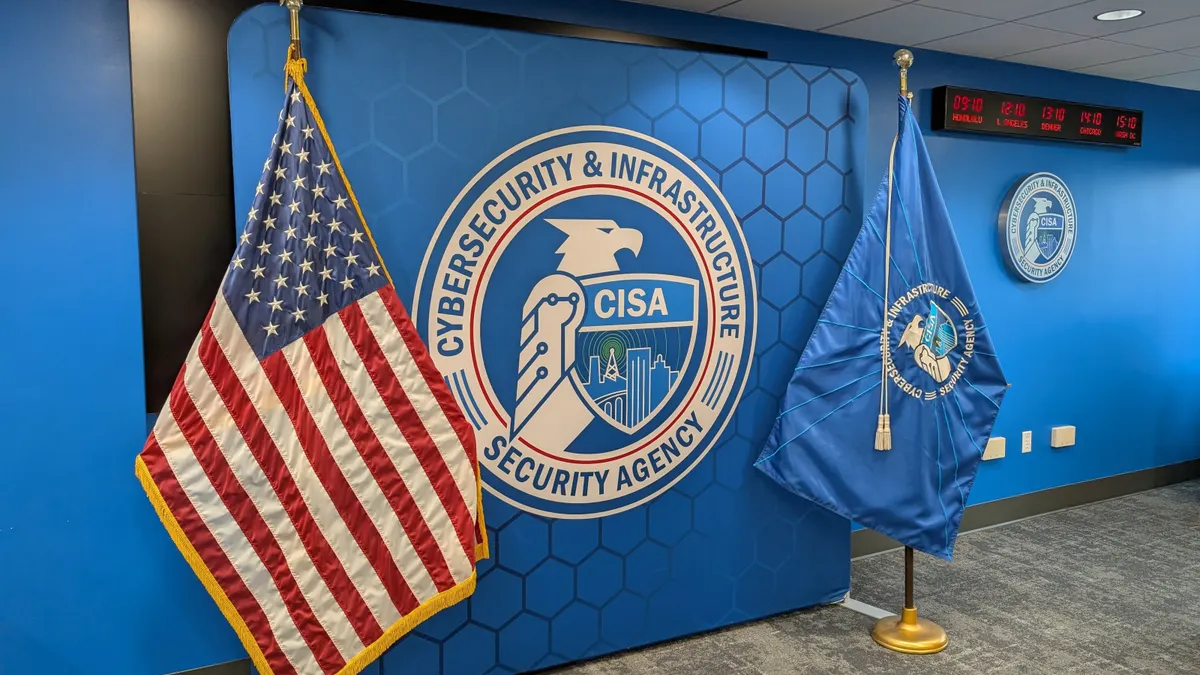The Department of Homeland Security has officially issued a warning regarding a rise in the possession of Chinese-manufactured signal jammers in the United States. The agency described the devices as “tools of terrorism” due to their use in criminal activity and potential to jeopardize national security. This concerning rise in their use has led federal agencies to ramp up their enforcement efforts as these tools are being found in the hands of criminals, illegal organizations, and unlawful immigrants who allegedly use them to avoid apprehension and interrupt police activity.
This new threat should not be discounted. Seizures of Chinese-made signal jammers have increased by 830% since 2021, even though federal laws against them and ongoing enforcement efforts are in place. This huge rise is not just because detection has gotten better; it's also because more and more devices are being smuggled into the country through networks that are getting better at avoiding customs checks and border security measures.
What Do They Do?
The criminal uses of these devices have changed a lot since they were first used to block communication. They now pose serious threats to public safety in many states. Police in Florida, Illinois, Ohio, Pennsylvania, Texas, Vermont, and Virginia have all reported cases where criminals used jammers during home invasions, bank robberies, and burglaries to cut off police communications and emergency response capabilities. These tactics are a big change in how criminals work. They turn everyday crimes into situations that could kill people, where victims can't call for help and first responders can't work together well.
Recent events show how serious this threat is. In February 2025, Texas police seized a jammer while they were arresting a Chilean national. They found another jammer after a burglary in December 2024. These cases show that international criminal networks have made jamming technology a standard part of their operations, using these devices as necessary tools to avoid being caught.
Jammers like these can do far more than just disconnect phone calls. Modern versions can completely stop communications services used by police and emergency personnel, bluetooth connections, and important devices used by law enforcement.
When these jammers are used by criminals, first responders encounter problems that they don’t usually have to face. For example, police surveillance, search-and-rescue, and tactical devices can be neutralized entirely, incapacitating law enforcement capabilities when they are most needed. The jammers can also kill GPS signals, preventing emergency vehicles from arriving at the scene in time and potentially causing life-threatening accidents.
The rise of these devices shows that Chinese manufacturing and export strategies have been changing in a planned way for more than ten years. Chinese manufacturers quickly improved their technology and manufacturing skills after they first made it in the late 2000s for legitimate domestic uses like stopping cheating on tests, keeping prisons safe, and protecting sensitive government meetings. What started out as simple, low-power devices meant to improve basic cell phone communications turned into complex, multi-band systems that could interfere with almost any radio frequency communication.
The National Security Issue
Chinese companies like Shenzhen Rongxin Communication Co. had set up aggressive international marketing campaigns by 2015. They had customers in more than 120 countries and offered "one-stop service" for custom jamming solutions. These companies used China's strong electronics supply chain to speed up the process of coming up with new ideas and cut costs by a lot. This made advanced jamming technology available to criminal groups all over the world.
The switch to global e-commerce platforms completely changed the way goods are delivered. Chinese manufacturers started selling directly to foreign customers and criminal networks through online marketplaces. They often lied about the legality of their products or said they had been approved by the government. This direct-to-consumer model got rid of the usual problems with distribution, but it made it much harder for police to find and stop the drugs.
As law enforcement has gotten better at catching smugglers, their methods have gotten more advanced. Manufacturers now use false labeling, fake paperwork, and creative shipping methods to avoid customs inspections. The sheer volume of international trade makes it easier for these operations to hide. Jammers are hidden among real electronics shipments or are mislabeled so that automated screening systems can't find them.
The national security aspects of this threat go far beyond just criminal uses. They include possible electronic warfare capabilities and weaknesses in critical infrastructure. The Federal Communications Commission has taken unprecedented steps to enforce the law, including record fines of $34.9 million against Chinese companies that sold jammers to Americans. The federal government has told these businesses to stop all operations and give them complete customer lists.
Even with these harsh enforcement actions, the main problem is still that jamming technology can be used for both good and bad, and smuggling networks are always coming up with new ways to do things. Even though China doesn't allow people to use public jammers, Chinese companies keep sending more advanced models to other countries. DHS sees this as both a crime and a threat to national security, so it needs to keep an eye on it.
Moving Forward
The current market has everything from $50 pocket-sized devices to industrial-grade systems that cost more than $30,000. This means that jamming technology is available to both petty criminals and well-organized terrorist groups. Because these devices are easy to use and cheap, electronic warfare capabilities that were once only available to nation-states and well-funded organizations are now available to everyone.
Federal law enforcement agencies are seeing this spread as a growing threat that needs better detection tools, more cooperation between countries, and maybe even new legal powers. There are harsh civil and criminal penalties for importing, selling, or using signal jammers, but enforcement is difficult because of the size of smuggling operations and the anonymity of online shopping sites.















Discussion